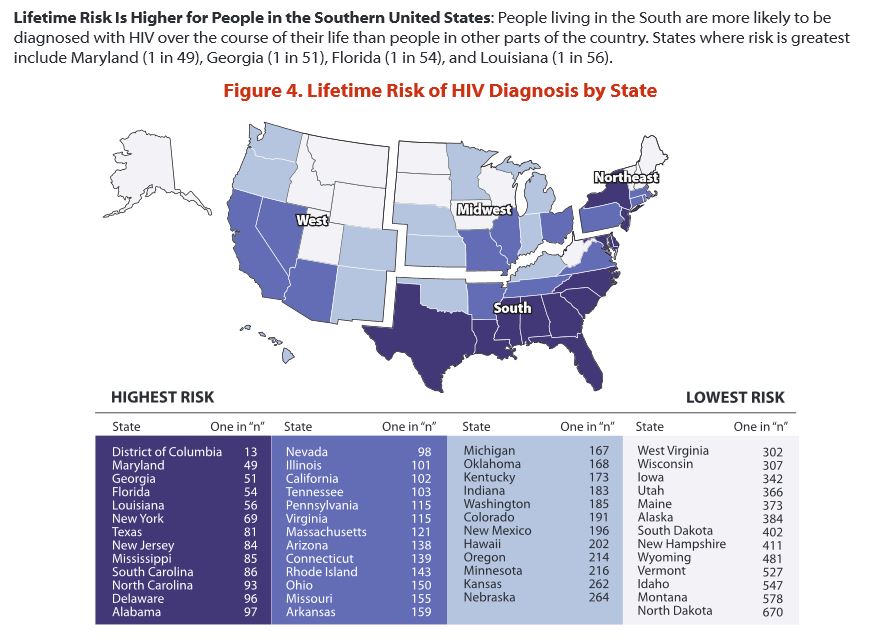Are you wondering who is most at risk from HIV? This is a common question among individuals who are concerned about their health and wellbeing. In this article, we will explore the different factors that put someone at a higher risk of contracting HIV. By understanding these risk factors, you can take necessary precautions to protect yourself and your loved ones. So, let’s dive in and find out who is most at risk from HIV.
Protecting the Vulnerable: Understanding Who is Most at Risk from HIV

HIV (Human Immunodeficiency Virus) is a viral infection that attacks the body’s immune system, making it difficult for the body to fight off infections and diseases. While anyone can contract HIV, certain groups of people are more vulnerable to the virus than others. In order to effectively prevent and treat HIV, it is important to understand who is most at risk.
Individuals who engage in unprotected sex with an infected person are at the highest risk of contracting HIV. This includes those who have multiple sexual partners, do not use condoms, or engage in anal or vaginal intercourse without protection. Men who have sex with other men are also at a higher risk of contracting HIV, as anal sex is more likely to transmit the virus than other forms of sexual activity.
People who inject drugs are also at a higher risk of contracting HIV. This is because sharing needles or other drug equipment can lead to the transmission of the virus. In addition, substance abuse can impair judgment and lead to riskier sexual behaviors, further increasing the risk of HIV transmission.
Individuals who have a history of sexually transmitted infections (STIs) are also more vulnerable to HIV. STIs can cause inflammation and sores in the genital area, making it easier for HIV to enter the body. Furthermore, some STIs can weaken the immune system, making it more difficult for the body to fight off HIV.
Certain populations are also at an increased risk of HIV due to social and economic factors. People who are living in poverty or experiencing homelessness may engage in riskier behaviors in order to meet basic needs such as food and shelter. Additionally, stigma and discrimination towards marginalized groups such as sex workers, transgender individuals, and people who identify as LGBTQ+ can further increase their vulnerability to HIV.
Young people, particularly young women, are also at risk of HIV. In many countries, girls and young women face gender inequalities and are more likely to be forced into sexual relationships or lack access to information and resources for protecting themselves from HIV.
It is important to note that simply belonging to one of these groups does not automatically mean a person will contract HIV. However, the combination of certain risk factors can increase a person’s vulnerability to the virus.
In order to effectively protect the vulnerable from HIV, it is crucial to address the underlying social and economic factors that contribute to their vulnerability. This includes promoting education and awareness about HIV prevention, providing access to sexual and reproductive health services, and addressing poverty and discrimination.
In addition, access to HIV testing and treatment is crucial in reducing vulnerability to the virus. Early detection and treatment can not only help individuals live longer and healthier lives, but also reduce the risk of transmission to others.
In conclusion, understanding who is most at risk of HIV is crucial in developing effective prevention and treatment strategies. By addressing the various social, economic, and behavioral factors that contribute to vulnerability, we can work towards a future where everyone has equal access to information, resources, and support to protect themselves from HIV.It is vital to understand that anyone can be at risk for contracting HIV, regardless of age, gender, sexual orientation, or race. However, certain populations, such as men who have sex with men, people who inject drugs, and individuals from low-income communities, are considered to be at a higher risk. By educating ourselves and promoting safe practices, we can work towards reducing the spread of HIV and protecting those who are most vulnerable to this virus.